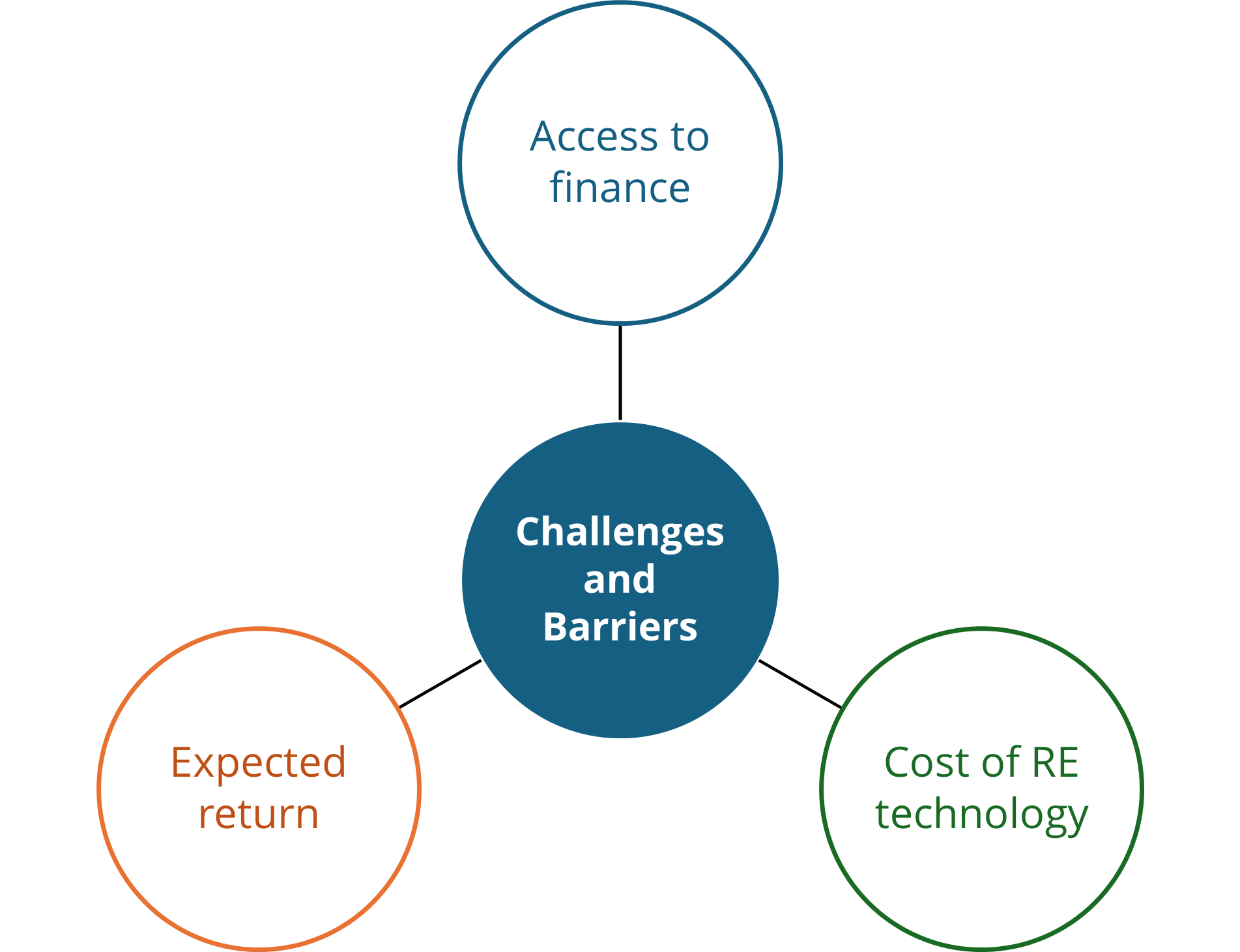Driving Climate Action Through Renewable Energy Finance
The urgency of addressing climate change has never been more apparent. As global temperatures continue to rise and the impacts of extreme weather events become more severe, the need for sustainable solutions is critical. Renewable energy finance is at the heart of these solutions, providing the necessary capital to transition from fossil fuels to clean energy sources. I’m here to walk you through the pivotal role of finance in advancing climate action and to share insights from my experience in the field.
The Role of Finance in Climate Action
Overview
Finance is the lifeblood of climate action. It enables the development and deployment of technologies and infrastructures necessary for a sustainable future. From solar farms to wind turbines, the capital required to bring these projects to fruition is substantial. However, with the right financial mechanisms and investments, we can accelerate the transition to a low-carbon economy.
Challenges and Barriers
In renewable energy projects, several challenges and barriers arise. Key factors include access to financing, often hindered by perceived risks and high initial costs. Expected returns are crucial for investors who require confidence in long-term profitability. Additionally, the costs associated with renewable energy technologies and projects can be significant, requiring substantial upfront capital. Addressing these challenges involves innovative financial mechanisms, effective risk assessments, and supportive policies. Overcoming these obstacles is essential for making renewable energy projects more appealing and feasible, and ultimately, promoting a transition to a sustainable and low-carbon economy.

There are three main sources of finance for renewable energy (RE) projects: banking systems, private investors, and public finance instruments. Each source faces obstacles, such as a challenged commercial lending sector, high capital requirements, and macroeconomic barriers. These limitations result in fewer RE plants being constructed, impacting the transition to renewable energy.
The lack of support instruments leads to higher project risks, deterring investors seeking stable returns. Developers must compensate for these risks by demanding higher expected returns, making projects less attractive to capital providers. This hurdle further limits the pool of potential investors and increases the difficulty of securing financing. Furthermore, the absence of financial instruments like guarantees could significantly reduce the perceived risk of renewable energy projects. Without these risk mitigation mechanisms, investors face higher uncertainty, which leads to higher required returns. This increased cost of risk further limits the pool of potential investors and reduces the number of plants that can be constructed.
The third barrier refers to the substantial upfront capital investment required for renewable energy projects, particularly pronounced in developing countries. Coupled with often limited access to affordable financing, developing countries face significant challenges in bridging the financial gap for renewable energy projects. Additionally, the complexities of project development, including securing land rights, permits, and grid connections – can further escalate costs.
Renewable Energy Finance: Key Considerations
Investments Trends
In recent years, there has been a notable shift in investment trends towards renewable energy. Solar and wind projects have seen substantial growth, driven by technological advancements and favourable policies. Energy storage is another area gaining traction, as it addresses the intermittency issues associated with renewables. These trends indicate a broader movement towards sustainable investments, which reflects the increasing importance of Environmental, Social, and Governance (ESG) criteria in decision-making.
Risk Assessment
While the renewable energy sector offers promising returns, it is not without risks. Investors must carefully assess factors such as regulatory changes, technological risks, and market dynamics. Due diligence is crucial, as it helps identify potential pitfalls and mitigate risks. Structured finance solutions, such as green bonds and public-private partnerships, can also play a significant role in de-risking projects and attracting capital.
Future Outlook
Looking ahead, we expect continued growth in the renewable energy sector. Technological innovations, such as advanced energy storage and smart grid technologies, will further enhance the viability of renewables. Additionally, increasing pressure from regulators and consumers for sustainable practices will drive more businesses to adopt green energy solutions.
For investors, the key to success in this sector lies in understanding the unique dynamics of renewable energy finance. It is essential to stay informed about policy developments, technological advancements, and market trends. Collaboration between public and private sectors is also critical, as it can unlock new financing mechanisms and expand access to capital. Finally, transparency and accountability are vital in building trust with stakeholders and ensuring the long-term success of renewable energy projects.
As we move towards a sustainable future, the role of finance in supporting renewable energy cannot be overstated. By investing in clean energy projects, we are not only addressing climate change but also fostering economic growth and social well-being. I invite you to join me and enerQA in exploring the vast opportunities in this field. Together, we can drive meaningful change and create a more sustainable world.



